
How To Craft A Cozy Cat Vest From Fabric Strips
Have you ever seen your feline friend lounging around and thought, “What could possibly make this picture more adorable?” The answer is simple: a cat
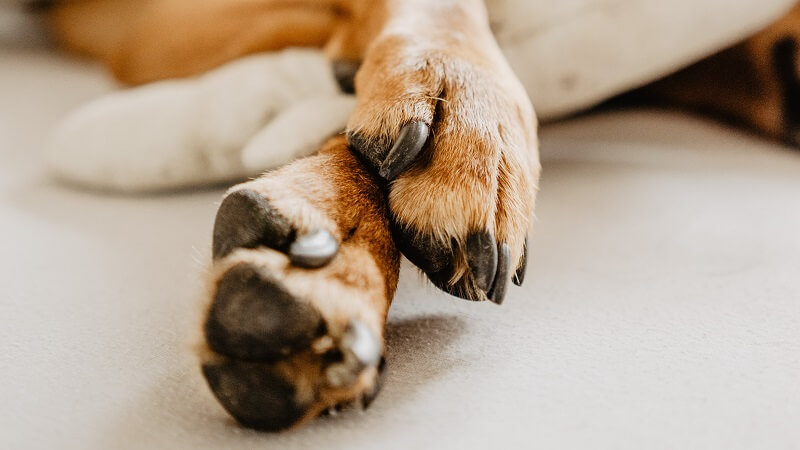
Dealing with bowed legs in dogs isn’t just about aesthetics; it’s a significant health issue that can affect your furry friend’s well-being.
This condition, where a dog’s legs curve outward instead of being straight, often emerges during their growth phase due to factors like malnutrition or injury.
Let’s delve into understanding and managing this condition.
Bowed legs in dogs represent more than just a unique physical trait; they are indicative of deeper health concerns that warrant attention.
This condition, characterized by a noticeable outward curvature of the legs, arises from a combination of genetic predispositions and environmental factors.
Genetic influences often play a significant role, particularly in certain breeds predisposed to this condition.
Environmental factors, such as nutrition and physical activity during the critical growth phases, can exacerbate the tendency towards bowed legs.
In most instances, the condition is observed in the front legs, leading to a distinctive gait and posture.
However, it’s not exclusive to the front limbs; bowed legs can also develop in the hind legs, though less commonly.
This variation in manifestation underscores the complexity of the condition and the need for a comprehensive approach to diagnosis and management.
The occurrence of bowed legs in different parts of the body can also imply varying degrees of severity and impact on the dog’s overall mobility and quality of life.
Certain breeds like French Bulldogs, Dachshunds, and Corgis are more prone to bowed legs.
This condition is often a consequence of their rapid growth and the accompanying stress on their developing bones.
Early detection is vital in managing bowed legs in dogs. If you notice your puppy’s legs bowing, it could indicate they’re growing too quickly. Here are three key strategies:
Diet Control: Ensure your dog maintains a healthy weight. The right diet can prevent excessive weight gain that puts pressure on their legs.
Exercise Moderation: Overexertion can worsen bowed legs. Gentle, appropriate exercise is crucial during their growth phase.
Harness Use: Tactical harnesses designed for dogs with bowed legs can provide the necessary support. They help distribute weight evenly, easing the strain on their legs.
professionals possesses the expertise to accurately assess the severity of the condition and its underlying causes.
They can provide tailored recommendations for your dog’s specific needs, considering factors like breed, age, and overall health.
A veterinarian can advise on the ideal nutritional plan to ensure balanced growth and bone development, thereby preventing further aggravation of bowed legs.
They can also suggest an appropriate exercise routine that strengthens the muscles without overburdening the joints, crucial for dogs with this condition.
Moreover, a veterinarian can guide you in selecting the right type of harness, which plays a vital role in supporting and distributing weight evenly, reducing strain on the affected legs.
This personalized approach ensures your dog receives the most effective care for their bowed legs, enhancing their quality of life and mobility.
In summary, dealing with bowed legs in dogs is undoubtedly challenging, but with dedicated care and appropriate strategies, it can be effectively managed, ensuring a good quality of life for your pet. Prompt attention and early intervention are key.
Detecting the signs of bowed legs early on allows for timely measures that can significantly mitigate the condition’s progression.
A well-balanced diet plays a crucial role in this regard; providing your dog with the right nutrients ensures proper bone development and growth, which is particularly important for breeds predisposed to bowed legs.
Alongside dietary management, appropriate exercise is vital. Regular, gentle exercise helps maintain muscle strength and joint flexibility without putting undue stress on the legs.
It’s a delicate balance between keeping your dog active and avoiding activities that might exacerbate the condition.
Additionally, supportive accessories like specialized dog harnesses are invaluable.
These harnesses are designed to distribute weight evenly, reducing the strain on the affected legs and making movement easier and more comfortable for your dog.
Incorporating these elements into your dog’s care routine can significantly improve their wellbeing, allowing them to lead a happy and healthy life despite the challenges of bowed legs.
Such an approach not only addresses the physical aspects of the condition but also contributes positively to the emotional and psychological health of your beloved canine companion.
Q1: Can bowed legs in dogs lead to other health problems?
A1: Yes, if left unmanaged, bowed legs in dogs can lead to additional health issues such as joint pain, arthritis, and mobility difficulties. This is because the abnormal leg structure can put extra stress on the dog’s joints and spine.
Q2: Are there specific exercises recommended for dogs with bowed legs?
A2: While there’s no one-size-fits-all exercise regimen, low-impact activities like swimming or leisurely walks can be beneficial for dogs with bowed legs. These exercises can help maintain muscle strength without putting too much strain on the legs. Always consult with a veterinarian before starting any new exercise routine.
Q3: How does one ensure a balanced diet for a dog prone to bowed legs?
A3: For dogs prone to bowed legs, it’s crucial to provide a diet that’s balanced in calcium and phosphorus and appropriate for the dog’s age and breed. Avoid overfeeding and rapid weight gain. Consult with a veterinarian or a canine nutritionist for diet recommendations tailored to your dog’s specific needs.
Q4: Can bowed legs in dogs be completely cured?
A4: The possibility of curing bowed legs in dogs depends on the severity and underlying cause. In some cases, with early intervention and proper management, the condition can improve significantly. However, in more severe cases, complete correction might not be possible, and the focus would be on managing the symptoms and maintaining quality of life.
Q5: Are there any specific breeds that are less likely to develop bowed legs?
A5: While bowed legs in dogs can occur in any breed, smaller breeds and those with a slower growth rate are generally less prone to developing this condition. Breeds with a more moderate growth pattern typically have a lower risk of the rapid bone development that can lead to bowed legs.


Have you ever seen your feline friend lounging around and thought, “What could possibly make this picture more adorable?” The answer is simple: a cat

The moment you consider a dog hunting vest for your adventurous companion, you’re stepping into a world where safety meets functionality. This vest is not
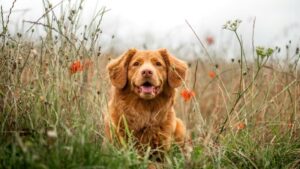
The concept of a dog cooling vest is a game-changer for pet owners looking to enhance their dog’s comfort during those relentless summer days. Imagine
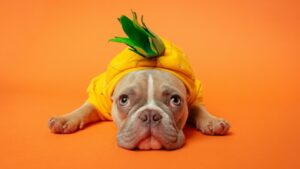
When you first consider crafting a tactical dog vest, it’s not just about embarking on a fun DIY project; it’s about ensuring your furry companion’s

Have you ever seen your feline friend lounging around and thought, “What could possibly make this picture more adorable?” The answer is simple: a cat

The moment you consider a dog hunting vest for your adventurous companion, you’re stepping into a world where safety meets functionality. This vest is not
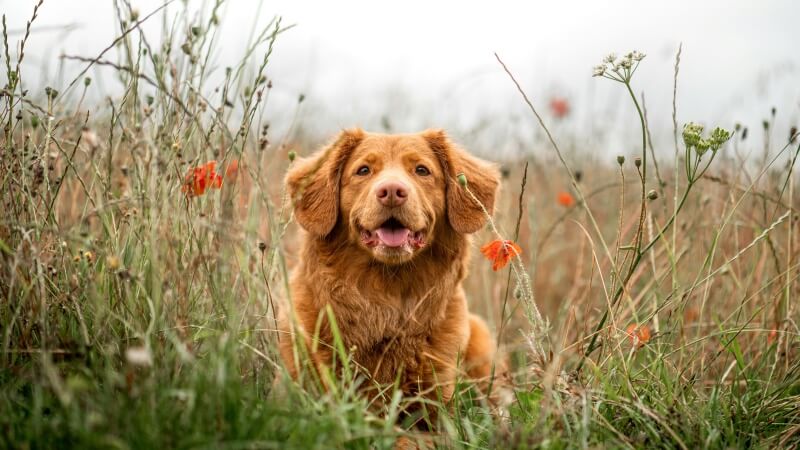
The concept of a dog cooling vest is a game-changer for pet owners looking to enhance their dog’s comfort during those relentless summer days. Imagine
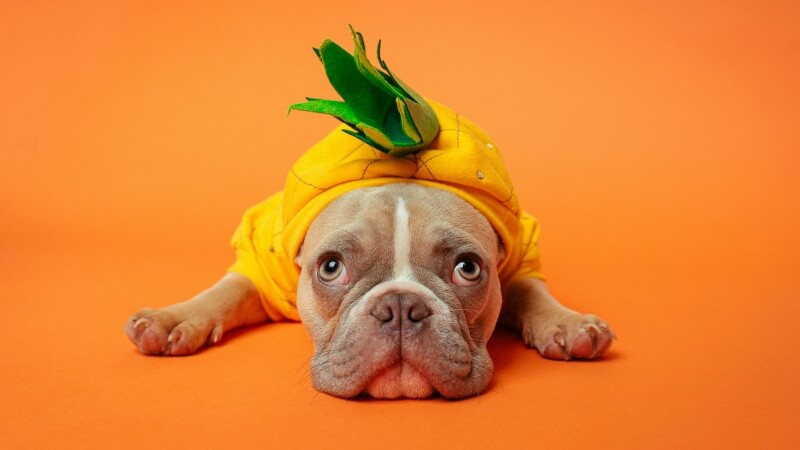
When you first consider crafting a tactical dog vest, it’s not just about embarking on a fun DIY project; it’s about ensuring your furry companion’s
Secure and Empower, Walk Responsibly
Copyright © 2025pettacticalharness. All Rights Reserved.